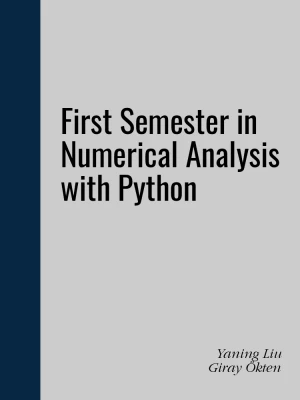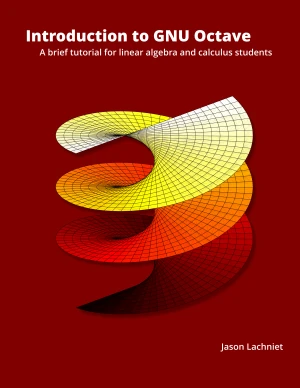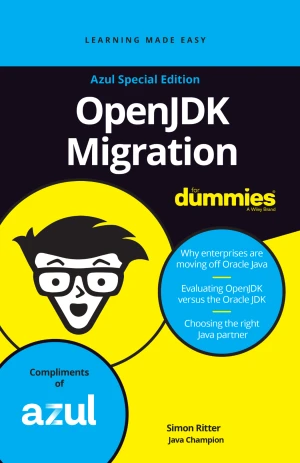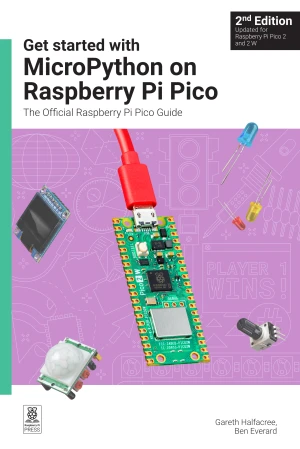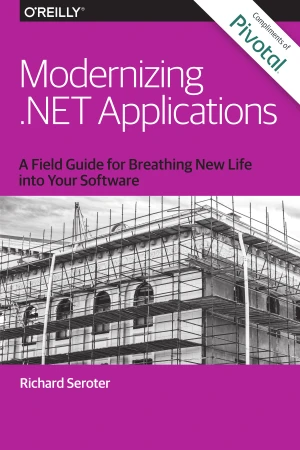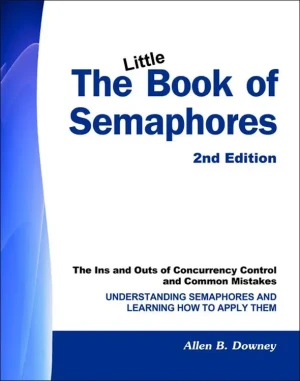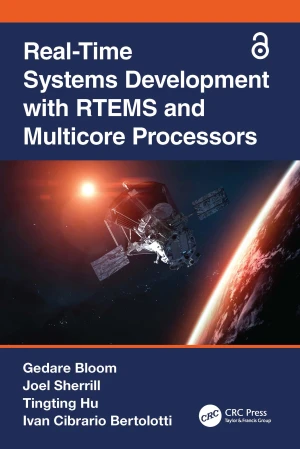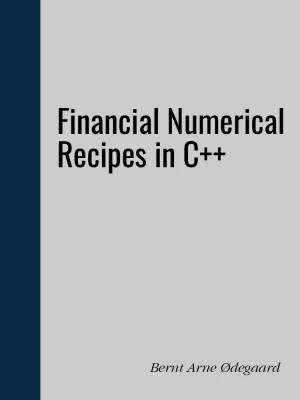Programming Books
Introduction to Numerical Methods and Matlab Programming for Engineers
This book originated from lecture notes developed by the lead author for a course in applied numerical methods, initially designed for Civil Engineering majors, and later expanded to include Mechanical Engineering. The primary objectives of the text are to introduce the fundamental concepts of numerical methods and to provide a thorough, integrated
JavaScript: The First 20 Years
How a sidekick scripting language for Java, created at Netscape in a ten-day hack, ships first as a de facto Web standard and eventually becomes the world's most widely used programming language. This paper tells the story of the creation, design, evolution, and standardization of the JavaScript language over the period of 1995-2015. But the story
First Semester in Numerical Analysis with Python
This book is based on "First semester in Numerical Analysis with Julia". The contents of the original book are retained, while all the algorithms are implemented in Python (Version 3.8.0). The authors present Python as an open source (under OSI), interpreted, general-purpose programming language that has a large number of users around the world. Th
Introduction to GNU Octave, 3rd Edition
This guide introduces GNU Octave, a powerful, open-source software environment for scientific computing and numerical problem-solving. Through practical applications in linear algebra and calculus, readers will learn to leverage Octave's computational capabilities while strengthening their mathematical understanding. The text demonstrates Octave's
OpenJDK Migration For Dummies
Modern business runs on Java. It's the programming language of choice for large-scale applications, whether they're running in the cloud or in a private data center. Despite being nearly 30 years old, Java remains one of the most widely used programming languages in the world thanks to its versatility, reliability, and stability. Java is also far m
Get started with MicroPython on Raspberry Pi Pico, 2nd Edition
Fully updated for Raspberry Pi Pico 2 and 2 W, this book gets you started with Raspberry Pi Pico - whether you're using Raspberry Pi Pico for a home project, industrial automation, or learning (or teaching!) electronics and programming. Microcontrollers, like the RP2350 chip at the heart of Raspberry Pi Pico 2, are computers stripped back to their
Modernizing .NET Applications
.NET is far from dead. Although JavaScript, Go, and Swift have gathered plenty of developer attention, .NET remains a dominant framework. But it hasn't been entirely smooth sailing. With .NET's coupling to Windows environments, .NET apps haven't had access to the bleeding edge of server automation or application deployment. Configuration management
The Little Book of Semaphores, 2nd Edition
The Little Book of Semaphores is a free textbook that introduces the principles of synchronization for concurrent programming. In most computer science curricula, synchronization is a module in an Operating Systems class. OS textbooks present a standard set of problems with a standard set of solutions, but most students don't get a good understandi
Real-Time Systems Development with RTEMS and Multicore Processors
The proliferation of multicore processors in the embedded market for Internet-of-Things (IoT) and Cyber-Physical Systems (CPS) makes developing real-time embedded applications increasingly difficult. What is the underlying theory that makes multicore real-time possible? How does theory influence application design? When is a real-time operating sys
Financial Numerical Recipes in C++
This book is a discussion of the calculation of specific formulas in finance. The field of finance has seen a rapid development in recent years, with increasing mathematical sophistication. While the formalization of the field can be traced back to the work of Markowitz (1952) on investors mean-variance decisions and Modigliani and Miller (1958) on



